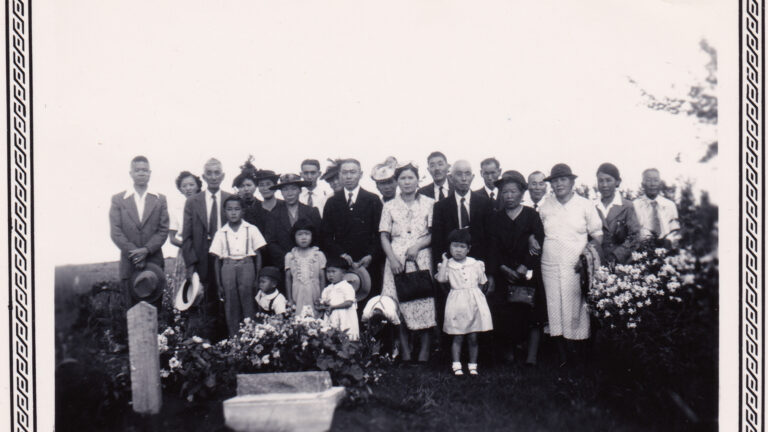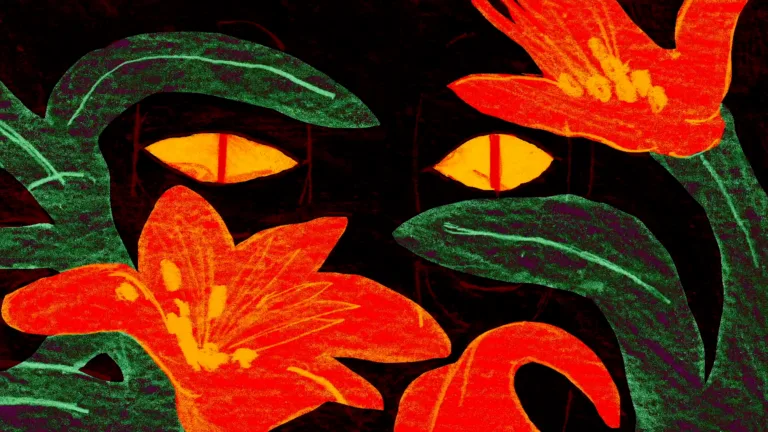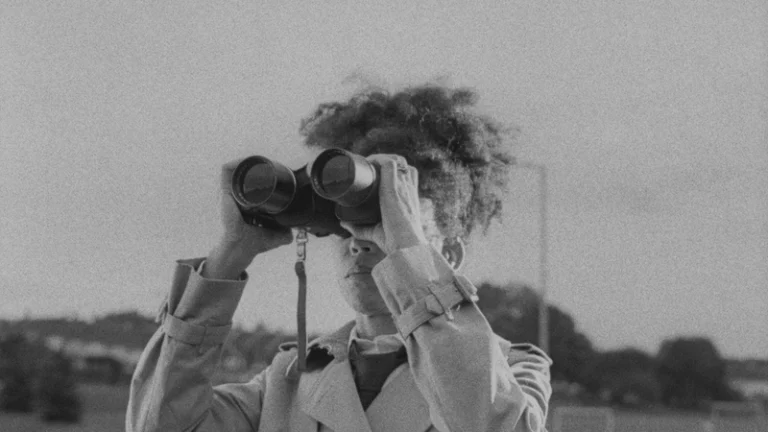“Rosebud!” Citizen Kane and The Importance and Joy of Simple Things!
“It’s terrific!” the original posters read. Many widely regard Citizen Kane as one of the greatest films ever made. It frequently tops Hollywood charts. Orson Welles’ 1941 magnum opus broke many new grounds- integrating nonlinear storytelling and blending genres. Its technical innovations- deep focus, double exposure, and striking angles- are perhaps its greatest legacy. But you can find plenty of articles on those. Today I’m going to take a left turn and focus simply on Kane himself.
Welles notably based Charles Foster Kane (whom Welles portrayed) on real-life newspaper magnate, William Randolph Hearst. Citizen Kane is as a “roman a clef”- a story about real-life people and events with invented names. Kane grows up in a small wintery cabin. A banker adopts him. At 25, he acquires The New York Inquirer. Kane is a cutthroat businessman. He is self-absorbed and power-hungry, but he is also successful; he squashes his competitors, and he gains exponential influence. Kane even runs for public office (but loses). Over the years, though, his marriages fall apart, he alienates friends, his financial position weakens, and he dies alone in his empty palace.

What about Hearst? William Randolph Hearst- born April 29, 1863- was the only son of gold-mine owner and California senator, George Hearst1. Hearst was quite the wild young man. He attended Harvard University, but Harvard expelled him after two years for his various shenanigans (including sponsoring a massive beer party and sending pictures of his professors- inside chamber pots- to his professors)1. Despite all of that, Hearst still pursued a successful career.
In 1887, he revived the struggling San Francisco Examiner1. Blending reformist investigate reporting and lurid sensationalism soon turned a hefty profit1. Hearst moved to New York City in 1895 and purchased the New York Morning Journal1. Like the Examiner, the Journal had theretofore been unsuccessful, so Hearst shook things up1. He hired new talented writers (including Nathanial Hawthorne’s son, Julian, and Red Badge of Courage author Stephen Crane)1. Hearst raided Joseph Pulitzer’s New York World for some of his best men (including “Yellow Kids” cartoonist Richard F. Outcault)1.
The public ate up his various publications. His articles included many illustrations, color magazine sections, and glaring headlines, and the writers took a ferocious approach to foreign affairs1. Hearst also reduced the price of a single newspaper to a penny1. All of this paved the way for “yellow journalism,” the late 19th century version of click-bait, if you will. Hearst gathered more influence, supporting William Jennings Bryan in his 1896 and 1900 presidential campaigns, attacking William McKinley as a “tool of the trusts,” serving as a U.S. House of Representative (1903-1907), censuring Great Britain for their Venezuela-British Guiana border dispute, opposing U.S. entry into World War I, and maligning both the World Court and League of Nations1.
By 1925, Hearst had established or acquired newspapers all over the country1. He also forayed into literature, magazines, and motion pictures, and dallied with actress Marion Davies for over 30 years1. Ten years later, Hearst owned 28 major newspapers, 18 magazines, movie companies, news sources, and radio stations; he had also amassed an extravagant, European art collection1. However, the Great Depression hit, and it weakened his financial stability. Hearst sold off a lot of his assets and art objects1. He lived his final years as a recluse in his 240,000-acre castle in San Simeon, California1.
The “Hearst Castle,” which architect Julia Morgan designed, sits atop La Cuesta Encantada (“The Enchanted Hill”)2. The castle houses over 115 rooms, 8 acres of cultivated gardens, a movie theater, beauty salon, a zoo (with camels, giraffes, and deer), and two pools2. The pools- layered with blue-and-gold mosaic tiles and surrounded by colonnades, sculptures, and a waterfall- took inspiration from Rome and the Galla Placidia in Ravenna, Italy2. The Hearst Castle also resembles the Doge’s Palace in Venice and various Spanish Cathedrals with bell towers2. During Hearst’s residency, he invited many famous guests, including President Calvin Coolidge, Winston Churchill, George Bernard Shaw, and Charlie Chaplin2.
How much was William Randolph Hearst like Charles Foster Kane? Hard to say. Welles certainly took a lot of liberties. Hearst didn’t appreciate the film. He actively attempted to suppress its release. But, regardless of what Hearst was really like, Kane’s story is really the important part. Kane is a wounded and unhappy man. Despite all his wealth he yearns for something that he lost. He voices that yearning right before he dies, whispering “Rosebud” (opening scene). I won’t spoil it for you if you haven’t seen Citizen Kane, butRosebud is something simple and tangible from his youth.

There’s a lot of modern criticism of expressions like “the best things in life are free” or “money cannot buy happiness.” The usual counterargument either alludes to some form of communistic thinking or takes a contrarian position: “As a matter of fact yes, money can buy happiness (and frequently does).” I see what people are getting at, but I think that notion misconstrues what people mean by “happiness.” Happiness is a certain type of positive emotion or experience that arrives however it arrives (with or without money).
Also, Citizen Kane doesn’t decry materialism. Rather, it lets materialism run its course. Kane has everything in the world a person can want, and yet he still dies alone and miserable. The point isn’t so much that his wealth occludes all the meaningful stuff he desires, but that it doesn’t replace it either (it’s not a panacea).
To give the devil its due, “money cannot buy happiness” is certainly a meaningless philosophy to someone who’s severely impoverished. People living in squalor would certainly prefer to sit back and appreciate the “present moment,” but they of course need the right amount of money or sufficient resources to do that. Fair enough.

Many of us who have sufficient-enough resources, though, still toil endlessly with the future. Mortgages…IRAs…tuitions and wills…unstable economic markets…rising health insurance costs…none of that attention we give is joyous or meaningful. It’s just necessary, and that’s that. What is joyous and meaningful, though? The stuff that allegedly only exists on the other side of all that attention. It’s only ever with us in the present moment, though—stuff like love, purpose, and connection…or a chocolate bar…or a cup of coffee…or an ice cream cone…or one’s childhood catcher’s mitt or 10-speed bike.
There’s another old expression. “No one on their deathbed regrets not working more.” What do they regret? They regret all the precious things they lost and never retrieved (but also never forgot). People regret losing their own “Rosebuds.”
SOURCES
[1] William Randolph Hearst | Biography & Facts | Britannica
[2] Hearst San Simeon SHM (ca.gov)
Discover more from DG Speaks
Subscribe to get the latest posts sent to your email.






